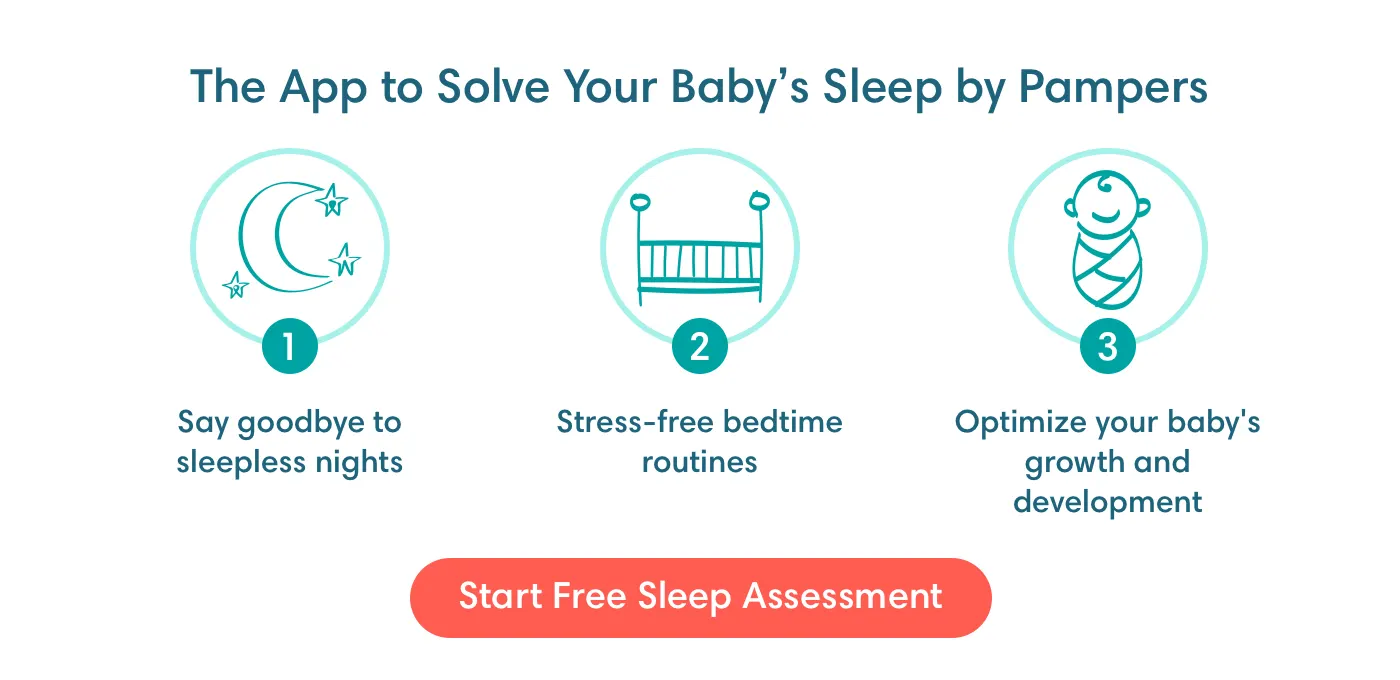At What Age Do Toddlers Usually Stop Napping?
When your child was just a newborn, they likely slept off and on throughout the day. But as they grew older, their natural sleep rhythm probably started to take hold, and two daytime naps eventually led to one nap. At this point, you might be wondering, when do kids stop napping altogether? Read on to find out when toddlers usually cease napping, what signs to look for, and how to support your child as they transition to a no-nap life!
When Do Toddlers Stop Napping?
By around 12 months, some children give up their morning nap, and by 2 years most children are down to one nap of about two to three hours in the afternoon.
It's possible that around the time your child turns 3 years old, they may stop taking naps. By the time they reach 5 years old, you’re likely to see your toddler sleeping mainly at night without the need for naps.
Keep in mind that every child is different. Even though most children stop napping between the ages of 3 and 5, your child may want to end naps earlier or later, as young as 2 or as old as 6. There is no one specific “normal” age when your child is supposed to give up on naps.
The transition might not be linear, either. Some days, your child may need the nap, on other days, maybe not. The length of the afternoon nap also becomes shorter with time, so as your preschooler gets older, the nap won’t necessarily need to be two or three hours long for your child to feel rested.
When Do Toddlers Stop Napping: Twins
Interestingly, twins often give up naps sooner than single babies. And it’s not unusual for one twin to continue to nap even if the other doesn’t. For this reason, you may want to put them down for naps in separate rooms. The twin who doesn’t nap should be encouraged to have quiet time, all apart of the adventures of sleep training!
Signs Your Child Is Ready to Stop Napping
When kids stop napping, they do tend to make it obvious! At this point, they no longer need these extra periods of rest to keep energy levels up throughout the day. Here are some signs that your child is ready to stop napping:
- Difficulty falling asleep during naptime. Instead of sleeping, your child may attempt to play or sing while lying down for naptime.
- Difficulty falling asleep at bedtime. If your child is no longer sleepy enough at bedtime because of an earlier afternoon nap, it’s a sign that the napping is negatively impacting nighttime sleep. The best strategy is to shorten the nap, rather than push bedtime later.
- Waking up early. If your child is waking up very early in the morning, it can be a sign that they weren’t tired enough at night because of their afternoon nap. Try shortening or eliminating this afternoon nap to see if it makes an impact.
- Doesn’t appear sleepy on days without naptime. If you don’t notice yawns or low energy during the day, or irritability before bedtime, on those days when your child skips their afternoon nap, then your little one may be ready to stop napping altogether.
- Not falling asleep at all during naptime. You may notice that, during naptime, your child continues to play or read without looking sleepy. This is a sure sign that the nap is no longer needed, especially if your child doesn’t become grouchy or irritable later in the day.
What Do You Do When Kids Stop Napping?
Once you start seeing the signs that it’s time to stop napping, there are a few things you can do to help support this transition.
- Quiet hour. It’s a good idea replace the usual naptime with an hour of quiet play. Quiet time serves as a transition period instead of just quitting naps abruptly. Try looking at a picture book together, colouring in a colouring book, doing a puzzle, or playing with a plush toy. Avoid any activity that’s noisy or too stimulating.
- Adjust bedtime. When your child first stops napping altogether, it may be a good idea to have an earlier bedtime to support the transition. Make sure to include your child’s bedtime routine in the timing. At this point your child will be getting around 10 and 12 hours of sleep at night, so to stay on track, you may need to move bedtime up by 30 minutes or so.
- Be flexible. If you find that your child is sleepy or irritable during the day and wants to nap (even after having given up on naps already), it’s OK to let them do so. Remember, dropping naps isn’t necessarily a linear process—your child may still need naps from time to time, even after a period of not needing them, so try to be flexible.
- Talk to your child’s daycare or school. If your child’s daycare facility, preschool, or kindergarten has set naptimes but your child has already given up napping, ask that your child be allowed quiet time instead of forcing a nap.
FAQS AT A GLANCE
Every child is different, so there’s a range for when kids stop napping, which is as early as 2 years and as old as 6 years. Our article helps you understand the signs that your child is ready to make the transition.
The Bottom Line
When do kids stop napping? This is a very common question for parents of toddlers! Naps are important for a developing child, but there comes a time when they simply fall away. Every child is different, but most kids drop their afternoon nap sometime between the ages of 3 and 5.
There are plenty of signs that your child is ready to stop napping, such as not sleeping during naptime, having trouble falling asleep at nighttime, and waking up earlier than usual. If this is the case, your toddler or preschooler may not need naps anymore. If you're in doubt about your child's need for naps, or have any questions about napping or nighttime sleep, contact their healthcare provider.
How We Wrote This Article
The information in this article is based on the expert advice found in trusted medical and government sources, such as the American Academy of Pediatrics and the American College of Obstetricians and Gynecologists. You can find a full list of sources used for this article below. The content on this page should not replace professional medical advice. Always consult medical professionals for full diagnosis and treatment.
The information in this article is based on the expert advice found in trusted medical and government sources, such as the American Academy of Pediatrics and the American College of Obstetricians and Gynecologists. You can find a full list of sources used for this article below. The content on this page should not replace professional medical advice. Always consult medical professionals for full diagnosis and treatment.




![[CA] WSD 1 - Baby World Sleep Day 1](https://images.ctfassets.net/2ql69mthp94m/41LJkNsvtsZMN716fbD3BQ/516c6979eb937cb9587b46106452ad17/WSD_-_Desktop_-_baby_sleeping.png?fm=webp&q=70)